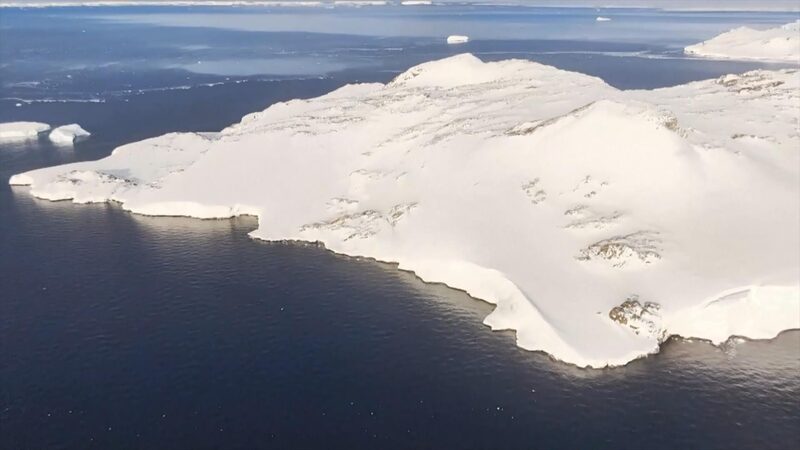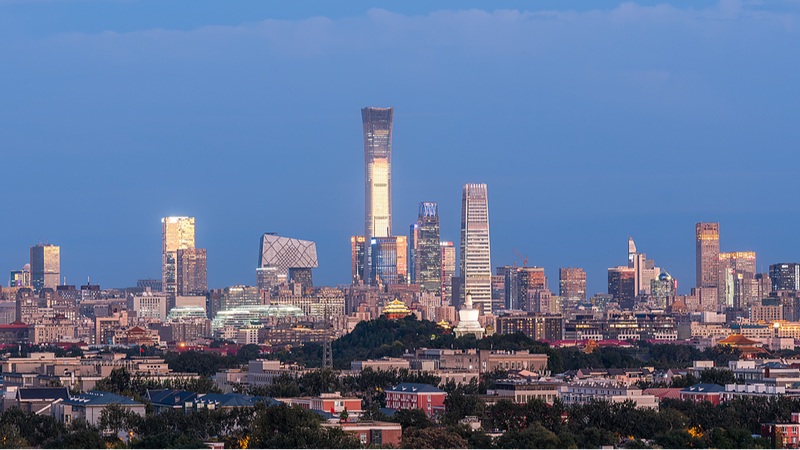In a breakthrough discovery, China's 41st Antarctic expedition has revealed unique insights into polynyas—those rare patches of open water amidst sea ice that are crucial for Antarctica's ecology and global climate. ❄️
During a detailed survey of the Amundsen Sea and Ross Sea, expedition member Sun Yongming illustrated how detailed maps show sea ice concentrations. Yellow areas represent 100% coverage while pure blue signals open water, marking the spot where nature creates its own "ice factories." These open-water regions are formed when powerful katabatic winds sweep freshly formed sea ice away from the coast, making room for new ice production.
The Amundsen Sea polynya, currently the fourth largest, plays a key role in heat exchange and biological productivity in the region—almost like nature’s version of a high-efficiency production line. This might sound like a cool concept straight out of a science fiction flick, but it’s very real and vital for understanding both Antarctic dynamics and our global climate. 🌏
The expedition set sail from Guangzhou on November 1, 2024, aboard three vessels: the research ships Xuelong and Xuelong-2, and the cargo ship Yongsheng, which is supplying material for the Qinling Station. The nearly seven-month journey is scheduled to conclude in May 2025, promising more exciting scientific insights along the way.
Reference(s):
China's 41st Antarctic expedition uncovers key insights into polynyas
cgtn.com



